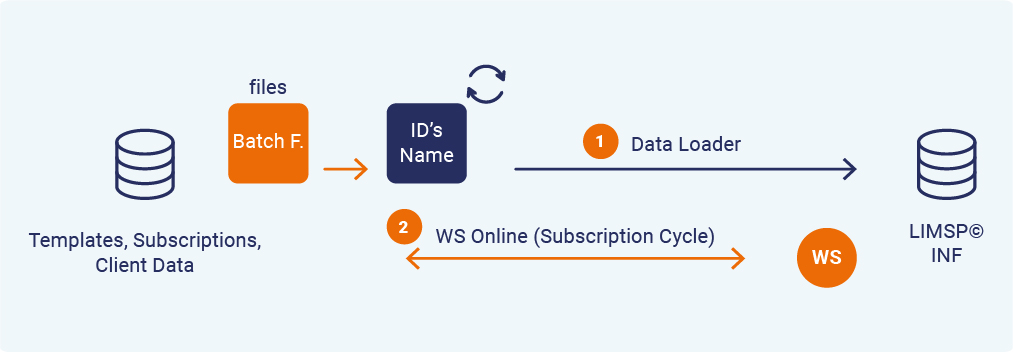THE CHALLENGE
Cloud, Clients and Channels define this project. So it was described by @Kyra Arcia, Head of Marketing and Innovation at @BancoBolivariano to comment the bank’s latest project, where they have relied on @Latinia as a critical notification event-gateway solution. “We are in the customer’s moment; he decides how and through which channels he wants to be served. He is in command, and we are responsible for identifying his communication needs”.
Banco Bolivariano, the 5th bank in Ecuador, based in the city of Guayaquil, understood that today, more than ever, “our clients live in permanent connected experiences and any client no longer compares you with other banks, but with the leaders of other industries such as Amazon or Apple “.

“This led us to search in the market for a solution that was aligned with our vision, was adaptable and did not end in a technological development with significant workloads. The functionality that Latinia offered us fit perfectly with the bank’s digital transformation roadmap”, commented Arcia from the Ecuadorian bank.
Also understanding that alerts are one of the main “touch points” in the customer experience, the evolutionary roadmap of the bank determined that it was necessary to bet on a platform that integrates the 360º view of the customer in terms of their relationship with the bank, letting us to evolve the technology together with our clients.
THE PARTNER
One of the virtues of the @Latinia’s product is the ability of the client (here understood as the bank client) to build and parameterize their own service, about what they want to be informed about (from daily balances, to transfers and deposits received, incoming payrolls, returned checks or receipt of money orders into account), when, or through which channels (push, SMS, e-mail …).
“This flexibility also gives us greater knowledge of our clients, allowing us to discover what interests them the most, what they want to be informed about, and thus anticipate their communication and content needs“, said Arcia.
“Another extremely relevant element when betting for Latinia was its high degree of specialization and experience in the financial sector, which, due to its demanding demands, require a deep knowledge of the vicissitudes and particularities of this industry, in permanent technological evolution. More than 20 clients in the region alone were an operational and implementation guarantee”.
THE IMPLEMENTATION
If Banco Bolivariano was disruptive in something, in addition to a commitment to diversify its notification channels, it was to launch the new infrastructure on a cloud strategy, a journey where Latinia is accompanying them, starting from a cloud-ready (‘cloud-ready’), to end in a native cloud (‘cloud-native’).
“The main challenge that as the bank’s IT area we had to face before the integration was to correctly size the infrastructure needs towards a new system, even more if it was going to be deployed in the cloud. Another no less challenging issue was knowing the different Latinia integration mechanisms and adopting them according to the business strategy to define the different stages that would be applied to the project”, according to Gustavo Molina, IT Manager of the Ecuadorian bank.
“During the integration itself, the associated challenges were, on the one hand, the decoupling that the applications had to carry out for integration to the Latinia product, as well as finding a solution as agile as possible for the integration of the bank’s legacy systems” continued the IT Manager.

From Latinia, the high security and encryption standards implemented are especially noteworthy: the bank does not provide credentials to the vendor, as well as Latinia performs its administration without the need to have access by using BYOK (‘bring your own keys ‘), which highlights the security of the entire flow. Not least, it all happened with an easy and fast remote deployment, especially valued by their operations team in times of COVID-19.

On the other hand, the updates management is carried out through a ‘rolling update’ process, that is, similar to what we do as final users in the Apple Store or Google Play, that is, through packages that are self-deploying, which significantly points out the value of the product maintenance.
“Traditionally, architectures originated as internal developments grow in a fragmented, sequential way, limiting themselves to meeting specific needs at any given time, that is, architectures not prepared to handle the management of new notification channels, whose operating logic differs from more traditional channels, generating potential silos of information that fragment the 360º vision of the client, and that in the case of Banco Bolivariano they were good enough to identify from the beginning ”, according to Latinia.
![]() Case Study – Banco Bolivariano
Case Study – Banco Bolivariano

